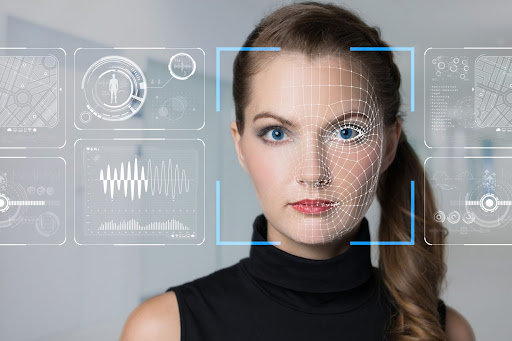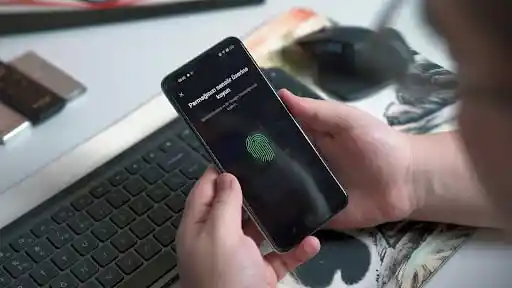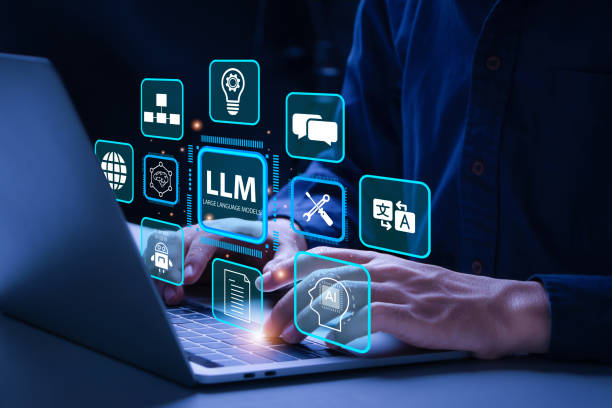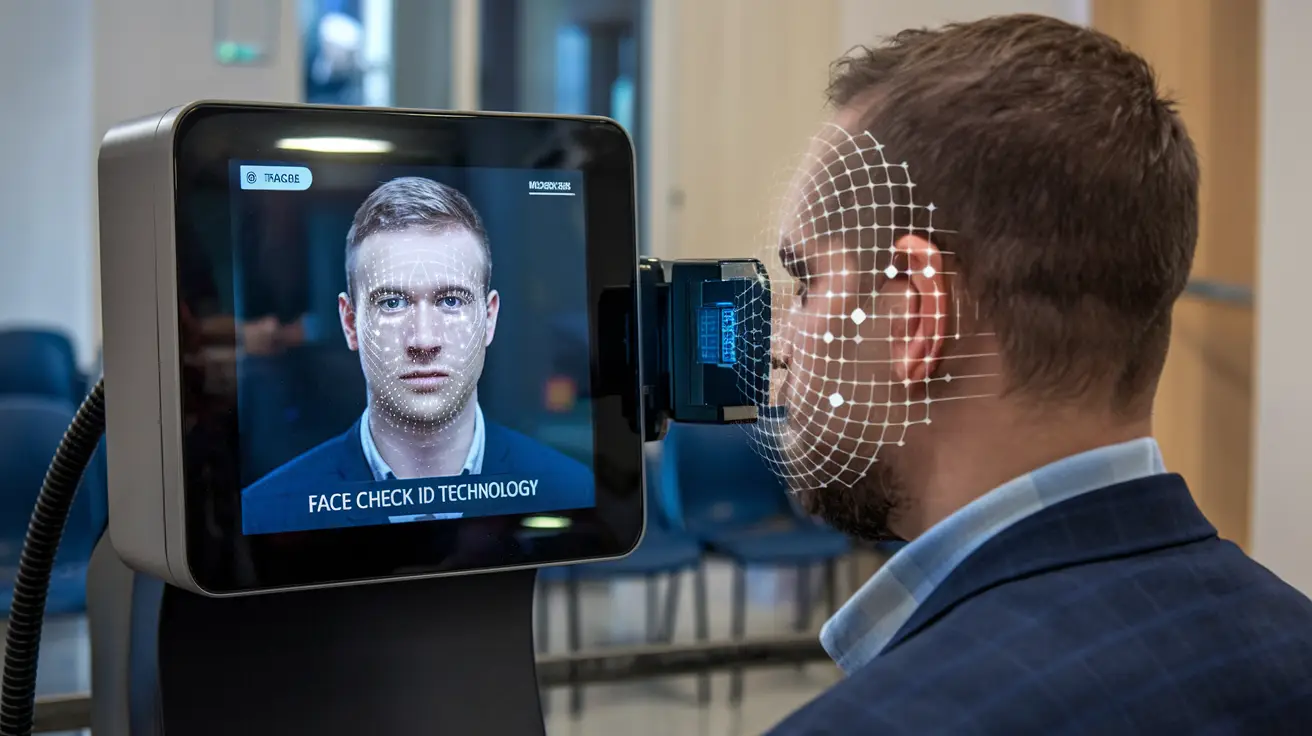Liveness Detection: The Frontline Defense Against Identity Fraud and Deepfakes

In a more digitalized world, especially in contemporary times, there is a greater need to ensure that there exists the presence of a person behind a screen. You can unlock your phone with your face, confirm your identity to log into online banking, or even go through a remote hiring process, but one thing will always be paramount; it will be important to affirm that you are dealing with a living and breathing person and not the robot.
It is at this point that liveness detection comes in. Not merely a buzzword, liveness detection is becoming one of the essential tools of combating the attacks of spoofing, biometric fraud, and the emergence of artificial media, more specifically deepfakes. With deepfake detection technologies attempting to identify the presence of manipulated content, liveness detection provides an active approach to avoid abusive identities entering the system in real-time communication.
What Is Liveness Detection?
Liveness detection is a biometric security concept aimed to identify whether a biometric input is presented by a live human individual (face, fingerprint or iris) or not, instead of the presentation of a photograph, video, mask, or other spoofing object.
It is a yes-no question, simplified, this is: Is this a real person, right now?
It is an important aspect of the identity verification procedures particularly when face recognition is carried out over a distance. In the absence of liveness detection, biometric systems are susceptible to presentation attacks, which involve criminals printing photos or creating 3D masks or even artificial deepfakes to deceive biometric systems.
The relevance of Liveness Detection in the modern world.
Facial recognition and other forms of biometrics have become more and more dependent on the accelerated pace of digital onboarding, remote work and contactless services. Meanwhile, the emergence of the deepfake technology has simplified the process of fake video or image creation of people, used by attackers, to appear convincing.
In this regard, liveness detection does not merely come in handy but is also vital.
Take the example when an individual attempts to create a bank account with a deepfake video of another individual. The synthetic facial expression may outwit the conventional facial recognition, but a strong liveness detection system would pick up the lack of natural micro-movements, reflections, or other signals that would indicate the lack of a real human.
This renders liveness detection as a central part of both the biometric security and the deep fake detection policies.
Working of Liveness Detection Technology.
There are two major technologies of liveness detection namely active and passive.
1. Active Liveness Detection
In active liveness detection, the system will request the user to do certain actions including:
Blinking
Smiling
Turning their head
Tracking an object on the display.
Since such operations demand real-time motor control as well as depth perception, deepfakes or spoofing attacks have a hard time generating such convincing contents.
2. Passive Liveness Detection
Passive systems are systems running in the background and do not need user intervention. They decompose minute visual gestures and behavioral indicators to identify liveliness. These might include:
Skin texture analysis
Light reflection on the face
Pupil movement
3D or infrared depth sensing.
Passive liveness detection also provides a less involved user experience since it does not need any effort on the side of the user. It can particularly be effective when used in conjunction with AI algorithms that have been trained to identify deepfake-style artifacts or behavioral anomalies.
Liveness Detection and Deepfake Detection.
Liveness detection and deepfake detection are not synonymous, despite being used to achieve similar things.
Liveness detection is a real-time authentication, which verifies either the physical presence of a human during a biometric capture.
Deepfake detection, conversely, refers to the examination of digital material, which is usually a video or audio file, to estimate whether it has been altered using AI.
Nevertheless, they can hardly act independently.
A spoofing attempt can involve a deepfake when it comes to an online authentication procedure. It can be stopped by a liveness detection system in real time. In the meantime, deepfake detection algorithms could analyze the evidence in the form of video after the fact to identify whether it is genuine. A combination of such technologies will provide a more thorough protection against identity fraud and misinformation.
Liveness Detection in the Real World.
Liveness detection is a type of technology that is already becoming popular in industries:
Banking & Finance: This is a technique that is used to perform digital KYC (Know Your Customer) to authenticate the identity of the user when creating an account or performing a transaction.
Healthcare: Provides assurance that right patients get sensitive telehealth services or medical records.
E-commerce and Gig Platforms: Gig requires attesting both the vendors and drivers to various users to avoid account hijacking or fraud.
Government Services: Assists in safe access to e-voting, online benefits and document verification systems.
Access Control: Improves security at the physical access points by making sure the biometric scans are not spoofed.
Difficulties and Future Prospects.
Although liveness detection has come far, it has not come without difficulties. Advanced hackers are still creating more advanced means of evading these systems, such as high-end 3D masks and more realistic deepfakes.
It implies that the technology of liveness detection should be constantly developed, with the use of AI, machine learning, and even behavioral biometrics to keep pace with threats. Hybrid models, which involve the combination of passive and active methods of detection, are also increasingly gaining popularity due to their accuracy and flexibility.
Moreover, privacy concerns have increased and developers need to find a balance between the high level of security and the respectful data handling approaches. On-device processing, user consent, and transparency are all emerging as good practices in ethical liveness detection system development.
Conclusion
Liveness detection is one of the strongest weapons we have in the fight against digital identity fraud. It acts as a gatekeeper in real time, ensuring that only real human beings gain access to secure systems and services. When combined with Knowledge Base Authentication and deepfake detection techniques, it provides strong security against synthetic and physical spoofing attacks. Technology is evolving, and deepfakes are becoming increasingly difficult to detect, which is why liveness detection technology will be at the core of secure and trustful digital communication.










